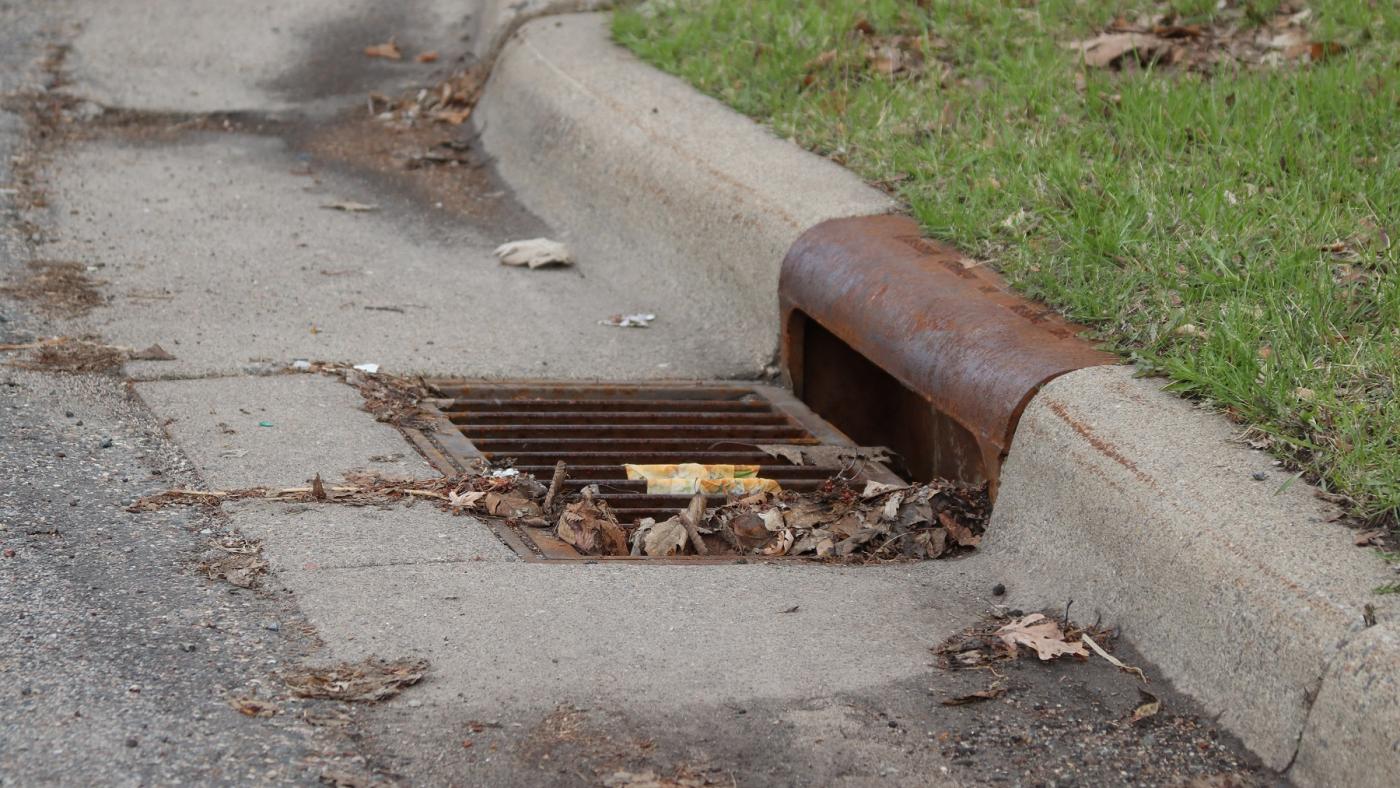In a manner of minutes, any Minnesotan can make a measurable improvement to their watershed environment, thanks to the Adopt-A-Drain program developed by Hamline University’s Center for Global Environmental Education (CGEE).
The Adopt-A-Drain website features a cutting-edge database that catalogs storm drains across the state (around 300,000 are mapped in the metro area alone). From there, residents can sign up to adopt a nearby drain and maintain it by keeping leaves, trash and other debris clear of the drain and out of surrounding waters.
"Storm drains flow directly to our waters – it's not like flushing a toilet where it goes through the sewer system, it drains straight there,” said Ann Zawistoski, interim director of Adopt-A-Drain. “Trash in your drain ends up as trash in your local lake, stream or the Mississippi River. If you want to reduce trash, this is a relatively easy and important way to do that.”
But what does the commitment look like? As little as 30 minutes of work and reporting every month.
"We ask for 15 minutes twice a month to check your drain, clear it of any debris and then report what you've removed from it,” Zawistoski said.
Once imported, the data is cataloged and available for all users to sift through and examine. In fact, the tailor-made data system is a large part of the program’s success, according to CGEE Director Tracy Fredin.
"We bit the bullet and spent a lot of money developing the best interactive program for this in the world. It is an incredible tool,” Fredin said. “The exciting part about this tool is that it is measurable. Most things like this you cannot measure. ‘How much good did you do today?’ It’s hard to tell. In this case, we can measure it to the day … You can see how much green leaves, brown leaves, dog poop or trash has been pulled out before entering a lake at any moment.”
The program, which was established seven years ago, has expanded tremendously across the state, with 10,772 adopters taking care of nearly 20,000 Minnesota drains and removing almost 600,000 lbs of debris.
On the technological side, the program was designed with the intention of national expansion, and CGEE has borne that out by currently managing 90 Adopt-A-Drain programs across five additional states: Oregon, Massachusettes, New Jersey, Vermont and Louisiana.
"We are poised to take this to the next level. Our intention is to take it to a national scale,” Fredin said. “There will be some changes we'll need to make, but there is nothing like it in the world and it is being rewarded as such."
Still, Minnesota takes the lead, as Minneapolis and St. Paul are the top performing Adopt-A-Drain cities in the nation.
"In Minnesota there have been a lot of studies showing that people really feel connected to the water here and do a lot of water recreation,” Zawistoski said. “This is water they enjoy and appreciate, and we have a very direct way of impacting it. It’s been said that we all have waterfront property due to the way the storm drain system works.”
Visit adopt-a-drain.org to see which drains are available for adoption near you, what is being removed from nearby drains, and sign up to make a difference in your community today.
